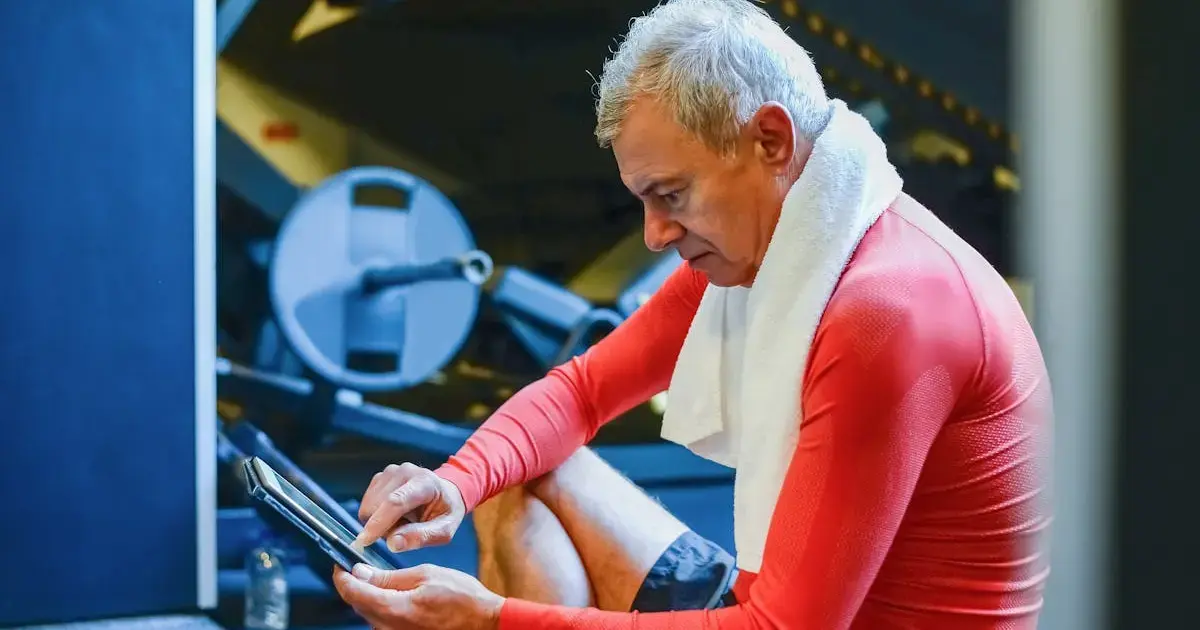 Authors of a new comprehensive study have found that to reduce the risk of heart disease, men need to engage in physical activity twice as much as women.
Authors of a new comprehensive study have found that to reduce the risk of heart disease, men need to engage in physical activity twice as much as women.
At the outset of the research, the team considered previous studies suggesting that women benefit more from the same amount of exercise compared to men. However, women tend to be less physically active and are less likely to meet recommended levels of physical activity.
According to guidelines from the UK’s National Health Service, both men and women aged 16 to 64 should engage in at least 150 minutes of moderate physical activity or 75 minutes of vigorous activity each week, combining this with muscle-strengthening exercises at least twice a week.
However, the new study demonstrated that women can achieve the same heart health benefits as by exercising half as much.
Over eight years, a team led by Dr. Jiaxin Chen analyzed data on and health status of more than 80,000 individuals over the age of 50. At the beginning of the study, none of the participants had ischemic heart disease. Ultimately, researchers found that the risk of cardiovascular disease decreased by 30 percent in women who exercised 250 minutes weekly. In contrast, men needed to exercise 530 minutes per week to achieve a similar effect, as reported by The Guardian.

What else did the researchers discover?
“Women receive the same health benefits by exercising half as much as men,” the authors wrote in the journal Nature Cardiovascular Research.
The most surprising result came from analyzing data from over 5,000 men and women suffering from ischemic heart disease. Researchers found that the over the eight-year observation period was three times lower in women who met the recommended weekly exercise guideline (150 minutes) compared to men with similar activity levels.
As emphasized by Professor Yan Wang, the lead author of the study, both genders can gain “significant cardiovascular benefits” from physical activity.
The nature of gender differences in the need for health and preventive exercise remains unclear to scientists. The team suggested that the secret may lie in differences in sex hormones, muscle fibers, and the ability to metabolize sugar for energy production.
Photo: pexels.com
